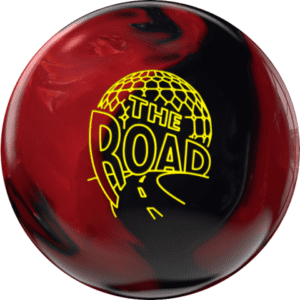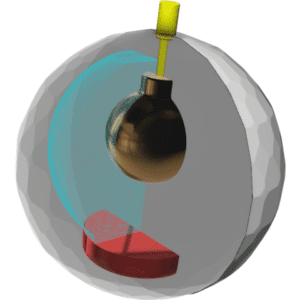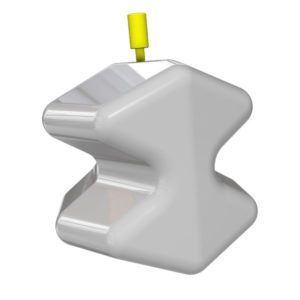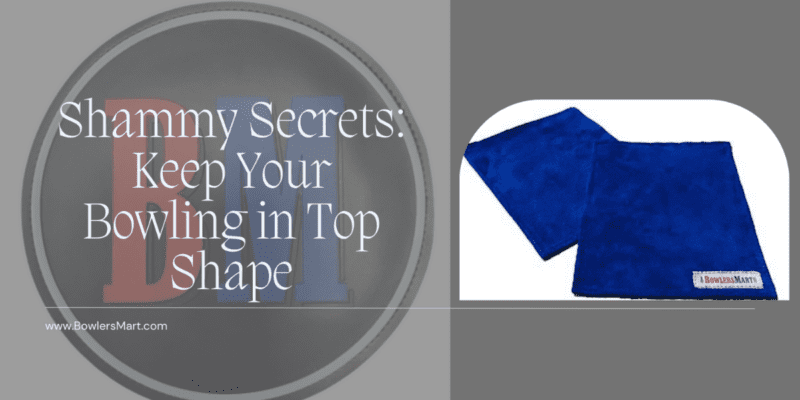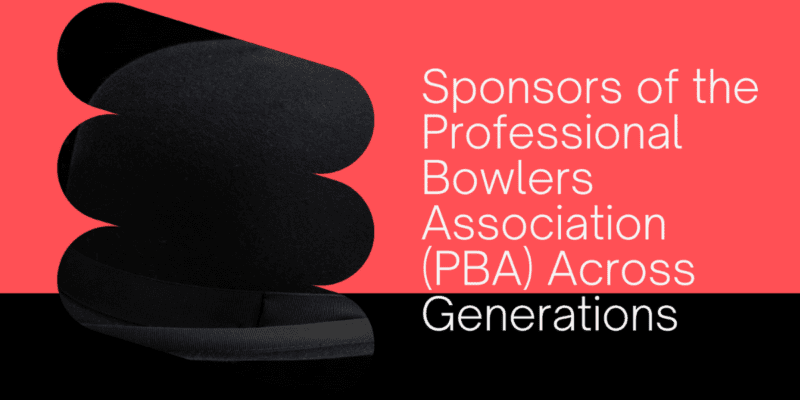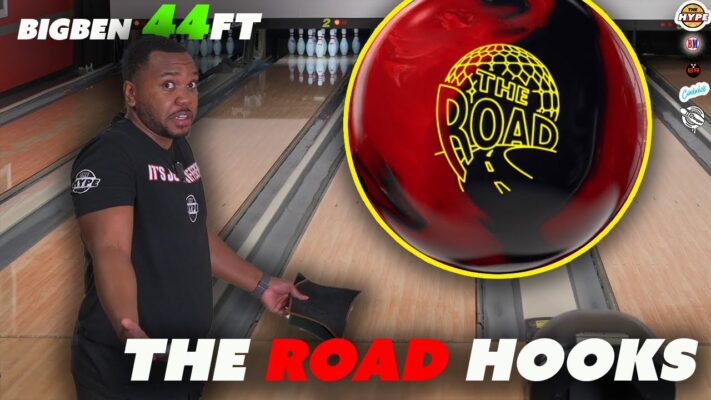Bowling Tips & Coaching Articles, Storm Bowling Ball Videos
When People Say Bowling Ball Roll What Does That Really Mean?
If you watch the best in the world bowl on ESPN, you will see the best in our sport cover more boards on a lane, with more speed, than you and me. And you’ll often hear it said that the top professionals have a phenomenal ball roll. What does that mean? Don’t all of us who participate in the sport of bowling roll the ball, in some fashion? The answer is ‘yes’ but while we all roll the ball when we bowl, we all apply a different type of action to the ball. Some have more side roll and rotate more quickly. Others look like a top when they go down the lane, not the best professionals in the U.S., mind you. And we can talk about the ‘spinner style,’ which dominated the recent World Championships in Las Vegas, at a later date.
So, when we mention the term ‘ball roll’ we are referring to these three elements of how the ball rotates as it travels down the lane:
- Rev rate
- Axis rotation
- Axis tilt
Do you consider two-handed sensations like Jason Belmonte, Osku Palermaa and Kyle Troup to be “crankers?” If so, it is because of their high rev rate. Defined as how fast the ball rotates over a specific length of time, usually minutes, rev rate relates to the amount of energy transferred from your release to the bowling ball. Players who generate the most powerful strike balls do so with a strong, leveraged position, their fingers well below the equator of the ball. And they do so not only with a cupped wrist, and possibly bent elbow, but also through proper use of the strongest muscle group in their body, their legs! Try lifting a heavy suitcase with just your arms, and you’ll quickly realize how often you use your legs without even thinking about it.
To find your rev rate, you will need to use your camera on your phone or an appropriate app. Watch the number of times your ball turns over in one second and multiply by that number by 60, as there are 60 seconds in a minute. Watch this great video below, too, for a better explanation:
A cranker will have a rev rate of at least 400 rpms, or revolutions per minute. Tweeners have less hand action than the cranker, and will have between 200 and 400 rpms. The straightest players, the strokers, have less than 200 rpms. Which category do you fall in? Find out and you will be one step closer to fully understanding your game!
The second part of the ball roll formula is your axis rotation. This refers to the direction of your ball roll. A ball that rolls completely end-over-end is said the have 0 degrees axis rotation. Great for predictability, this heavy forward roll will give you great control on the backends, but generates little entry angle and often lacks carry power. Here is how to find your axis rotation at home:
A player like Pete Weber has nearly the exact opposite. The 90 degree axis rotation generates maximum hook on the backend and yields unmatched power at the pins. This is most often referred to as the high risk-high reward type of roll. A majority of players, however, fall somewhere between these two extremes. A moderate amount of side roll is considered the optimum amount. Exhibited by nearly ¾ of the entire PBA tour, the 45 degree rotation will surely give you a nice combination of power and predictability.
The final ingredient of the recipe is axis tilt. To best describe axis tilt, imagine a top spinning on your desk or table. This type of roll, when equated to a bowling ball, would considered 90 degrees of tilt and would be seen only if the ball track were to be condensed to one very small point. On the converse, consider a ball track that covers the full circumference of the ball, all 27 inches of it, and you would have 0 degrees of tilt. Again, these are the extremes and nearly everyone falls in a comfortable range somewhere in-between! This is how to find your axis tilt:
In closing, be sure to know your ball roll. Remember the three variables: rev rate, axis rotation, and axis tilt. The better you understand your game the easier it will be for you to select the proper ball and layout for each lane condition! And to learn more about Storm’s line of high performance equipment, spend some time on our website, www.stormbowling.com, or feel free to contact me via e-mail at [email protected].





